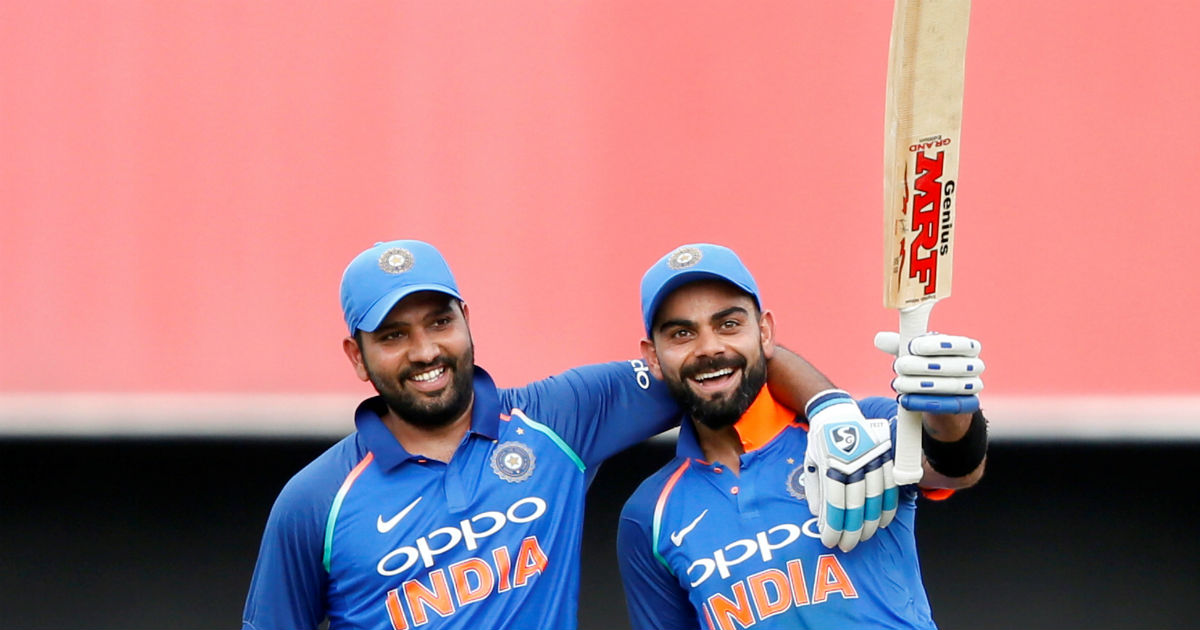On Wednesday, the BCCI removed Virat Kohli from the post of captain of India’s one-day team and handed over the reins to Rohit Sharma. This was happen after a disappointing performance in the World Cup.
Kohli had already left the T20 captaincy. It is learned that the Cricket Board of India (BCCI) waited for the last 48 hours to voluntarily step down from the captaincy of the ODI team but he did not do so.
Perhaps it is his time to tell someone that Kohli’s dismissal was not even mentioned in the BCCI statement which only said that the selection committee had decided to appoint Rohit as the captain of the ODI and T20I teams while going ahead.
Kohli simply lost his captaincy. The BCCI and the national selection committee removed Kohli from the captaincy, whose ambition would probably be to lead the Indian team in the 2023 ODI World Cup at home.
Also Read – Covid Update: 9,419 new cases were reported in the country
The moment India crashed out of the group stage of the T20 World Cup, Kohli’s removal from the captaincy was almost certain but BCCI officials wanted to give a respectable path to the team captain for the past four and a half years. In the end it seems that Kohli asked BCCI to show him sacking and the apex body of the game went ahead and did the same and then he was left with no option but to accept it.
The captaincy period of Kohli has been a wonderful story in itself. The ‘cool’ Mahendra Singh Dhoni groomed Kohli under his leadership and then when he felt that the time had come, he handed over the responsibility of the white ball to him. In the next two years, Kohli became the mighty captain of the team who would do things on his own terms. Then there was the committee of administrators set up by the Supreme Court which fulfilled their every demand.
Then came the return of traditional administrators, with very powerful secretaries and presidents who themselves knew the details of successful captaincy. In the end, there was no place for two different captains for both the formats of the white ball.
